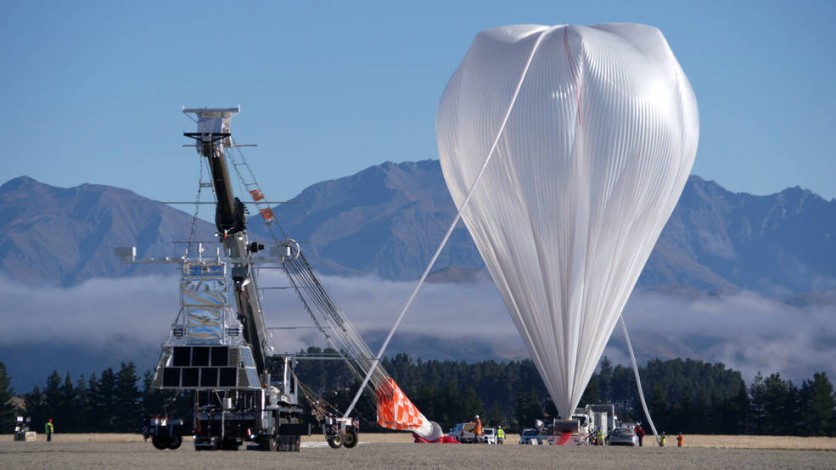NASA is set to launch two super pressure balloons (SPB) from Wānaka, New Zealand, to test and further qualify the technology.
Although the primary aim of the launches is to test the SPB technology, the balloons will also carry science payloads as missions of opportunity on each balloon.
These launches will be visible from the ground and are planned to last for up to 100 days or more.

NASA Balloon Program
According to Debbie Fairbrother, NASA's Balloon Program Office chief based at the agency's Wallops Flight Facility in Virginia, the super pressure balloon technology can provide significant cost savings compared to space missions.
"Some of the mind-blowing work planned this year includes a mission peering into space to study galaxy clusters and another looking at high-energy particles from beyond our galaxy," Fairbrother said in a press release statement.
The launches are set to begin in April, and the first flight will carry the Super Pressure Balloon Imaging Telescope (SuperBIT) from Princeton University. SuperBIT will use a wide field of view to capture large galaxy clusters from a near-space environment.
The balloon will map the dark matter present in these clusters by measuring the way they warp space around them.
Read Also : Asteroid Didymos' Spinning Activity Confuses NASA; New Study Shows Rock Completes Rotations in Just 2 Hours!
EUSO-2
The University of Chicago's Extreme Universe Space Observatory 2 (EUSO-2) mission, which will expand on data gathered during a 2017 mission, is the second mission.
EUSO-2 will detect ultra-high energy cosmic ray particles when they enter the atmosphere, originating from outside of our galaxy.
As it is unknown where these particles come from, the information gathered by EUSO-2 will aid in resolving this scientific puzzle.
This is not the first time that NASA has launched SPBs from Wānaka. The agency has launched three such balloons from Wānaka, one each in 2015-2017.
However, a planned 2020 campaign was not pushed through because of COVID-19, and the 2022 campaign did not go as planned due to a ground system anomaly.
For aerial equipment, particularly balloons, maintaining a steady float altitude in the stratosphere is considerably difficult.
In contrast, the SPB is built to retain a positive internal pressure and form regardless of its surroundings, which keeps the balloon at a consistent float height without losing ballast.
The 18.8 million cubic foot (532,000 cubic meters) balloon is helium-filled and, when fully inflated, is approximately the size of a football stadium at its operational float altitude of 110,000 feet (33.5 kilometers).
The Queenstown Airport Corporation, the Queenstown Lake District Council, the New Zealand Space Agency, and Airways New Zealand work together with NASA to conduct SPB launches from New Zealand.
NASA's scientific balloon flight program, which involves 10 to 15 flights a year from launch sites all over the world, is managed by the agency's Wallops Flight Facility in Virginia.
Related Article : NASA Hubble Discovers Saturn's Ring System Heats Planet's Atmosphere-A Never-Before-Seen Phenomenon!

ⓒ 2025 TECHTIMES.com All rights reserved. Do not reproduce without permission.




